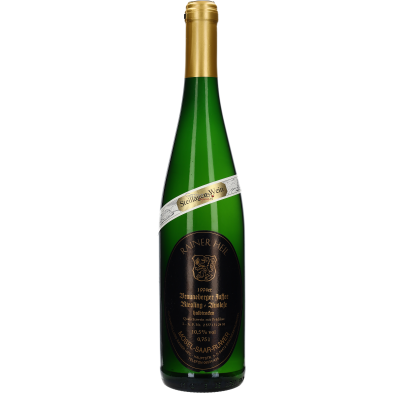Duitsland
Germany
Germany is one of the largest wine-producing countries in Europe, which is quite remarkable given its northern location. Yet for centuries, Germany has proven that top-quality wines can thrive even in cooler climates. The country produces around 9.3 million hectoliters of wine annually, of which approximately 65% is white and 35% red. About 20% of that is exported—mainly to wine lovers who know that German wine is much more than just sweet and cheap.

In stock
11 items available
Need help from our sommelier?
Our sommelier will help you within 🕐 1 minute to find your perfect wine - personal, fast and for 💚 free.

